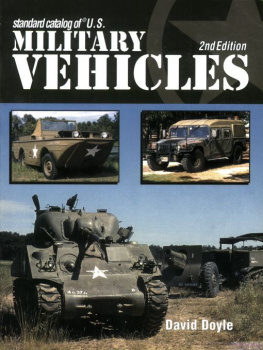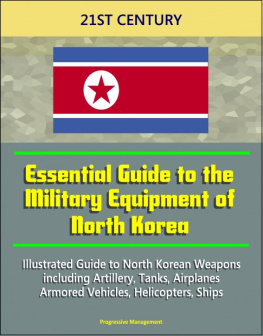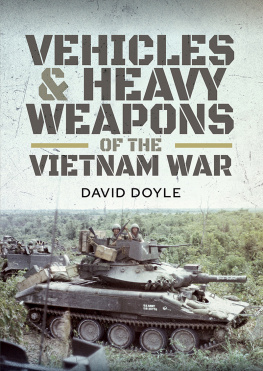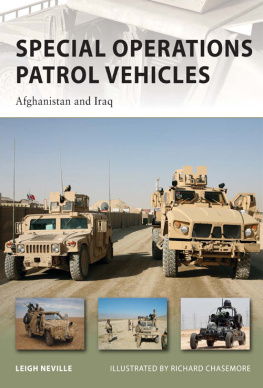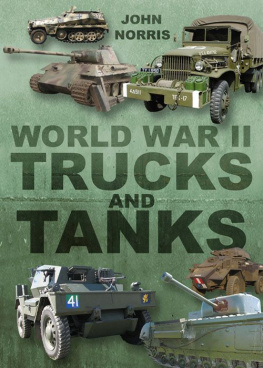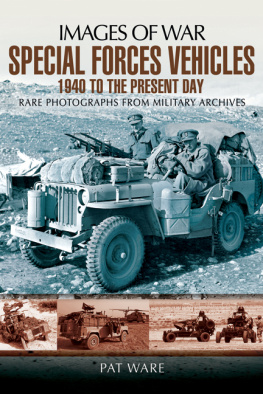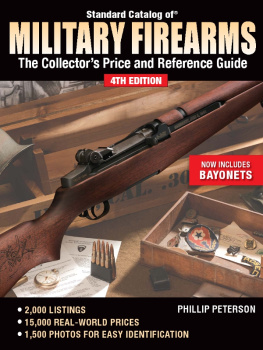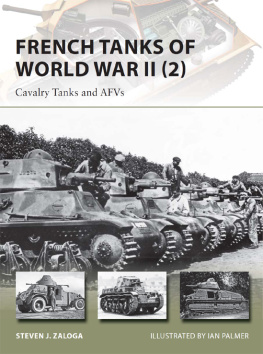Table of Contents
Table of Contents
2003 by Krause Publications
All rights reserved.
No portion of this publication may be reproduced or transmitted in any form or
by any means, electronic or mechanical, including photocopy, recording or any
information storage and retrieval system, without permission in writing from the
author, except by a reviewer who may quote brief passages in a critical article or
review to be printed in a magazine or newspaper of electronically transmitted on
the radio or television.
Published by
700 East State Street Iola, WI 54990-0001
715-445-2214 888-457-2873
www.krause.com
Please, call or write us for our free catalog of publications.
Our toll-free number to place an order or obtain a free catalog is 800-258-0929
or please us our regular business telephone 715-445-2214.
ISBN: 0-87349-508-X
Library of Congress Number: 92-72123
Printed in the United States of America
Edited by: Brian Earnest
Designed by: Brian Brogaard
To Everette and Joyce. For instilling a respect and interest
in history, and understanding of mechanics, thanks Dad,
and for tolerating the folly of her boys, thanks Mom.
ACKNOWLEDGMENTS
This book would not have been possible without the generous help of the following individuals and organizations:
Candace Fuller and Charles Lemons with the Patton Museum at Fort Knox, Kentucky, spent hours answering questions and pointing me in the right direction in my never-ending quest for photographs.
Ann Bos and Randy Talbot with the U.S. Army Tank-automotive and Armaments Command History Office allowed me access to their photo files, which yielded many of the previously unpublished photographs.
My friend, John Adams-Graf, editor of Military Vehicles Magazine, who used his skills as a talented photographer to provide not only the color cover photos, but the interior color photos as well. But especially for his unflagging friendship and support during this project.
Tripp Jones, Max May, and Roy Coates and the rest of the staff at Memphis Equipment gave me unfettered access to their knowledge, facilities, and library.
My family, who not only endured photo-taking and archive digging excursions while on vacations, but also provided support throughout this task.
Francis Blake and Robin Markey provided photos and information regarding Harley-Davidson and Indian motorcycles, respectively. Lee Rudd spent an afternoon allowing me to photograph his beautifully restored motorcycles.
My friend, Bruce Gray, spent two hot days rolling his vehicle collection out of storage for me to photograph for this book.
Tom Loetzbeier of the Mack Truck Historical Museum provided needed production facts, specifications, and photographs of various Mack-built trucks.
Herb Muktarian of United Defense Ground Systems Division provided photos and other materials.
Thanks to Brian Earnest with Krause Publications, who guided me through the construction of my first book, and reined me in when I began to go too far astray in my research.
Craig MacNab with AM General provided extensive background information and photos of the HMMWV family of vehicles.
Fred Crismon generously provided copies of historic documents, and Richard Hunnicutts vast collection provided several new photos.
Richard Adelman, Bryce Sunderlin, Nelson Dionne, Cecil Jones, the Diebold Safe and Lock Company, Evelyn Harless, Reg Hodgson, Don Moss, Ron Grasso, Joe Shannon, Ken Whowell, Steve Keith, Jeff Symanski with Tacticaltruck.com, Mark Dodd of Rapco, Steve Zaloga, Denise Moss, Shane G. Deemer of Military Rails Online, and Bruce Kubu all contributed photos or information without which this volume would have been badly lacking.
Larry Roberts with the United States Army Engineer School History Office, Fort Leonard Wood, Missouri, dug up several newly discovered photos for inclusion in this volume.
Also thanks to Richard Grace, Jim Davis, Gordon McMillan, Ralph Moir, and Daryl Bensinger.
My mother, Joyce Doyle, and my friend, Denise Moss, not only willingly gave untold hours proofreading this book, but also provided needed encouragement and support during its compilation.
INTRODUCTION
While this new edition of The Standard Catalog of U.S. Military Vehicles is built upon the foundation laid by Tom Berndt in the first edition, it has been completely revised. Every entry in every chapter has been rewritten and expanded. While the U.S. Armed Forces have fielded quite an array of vehicles, both wheeled and tracked, it would be impossible to chronicle all of them in a single volume that one could hold in their hands. Rather, this edition covers those vehicles most often sought after or encountered by the collector. Because most vehicles of primarily civilian design are of limited interest to collectors (staff cars and certain trucks, such as the Ford F-5 1 1/2-ton 4x2 truck), they have been omitted from this edition.
ORGANIZATION
You will hopefully find the organization of this book easy to follow and user friendly. All chapters are written in a similar manner, and begin with an overview of the subject manner. Separate appendices examine weapons mountings used on an array of vehicles, as well as the paint and marking of U.S. Army vehicles from World War II through Desert Storm.
The remainder of each chapter concentrates on a specific class of vehicle, and within each chapter vehicles are grouped by series. For most wheeled vehicles. I have used the G-number assigned to each chassis type by the Standard Nomenclature list of the War Department. These series are then broken down further into specific models (as an example, the M37 cargo truck and M43 ambulance are both members of the G-740 class, and are basically the same mechanically).
DETERMINING VALUE AND RARITY
There are often seemingly infinite variations of vehicles even of the same model. Add to this factors such as condition, the relative knowledge of the buyer and the seller, the sellers desire to sell, and the buyers desire to buy, and it is easy to see why putting together a blue book of prices is almost impossible. The pricing shown in this edition is a result of averaging the responses of several dealers and collectors in an attempt to represent a reasonable value for a given vehicle. Some vehicles are so rarely traded that it is impractical to attempt to establish a market value, either because of scarcity or current military usage. These vehicles are noted as NRS, no reported sales.
One other major factor in determining value is through vehicle material (OVM) or basic issue items (BIIL). This can range from a jack, lug wrench, and a few basic hand tools for an MB Jeep, to a list of hundreds of tools carried on contact maintenance trucks. In some cases, the value of the OVM can exceed the value of the base vehicle. To be considered in the top grade, a vehicle must include all the BIIL equipment required to be deemed mission ready by the military.
Rarity is, of course, initially driven by production quantity and also by survivability and accessibility. Production of four-wheel-steer GP quarter-ton trucks was originally low, so they are inherently hard to find. Production of GOER vehicles was much higher. but the demilitarization standard applied to them by the Department of Defense has significantly reduced the number of survivors. Many of the Bantam Reconnaissance cars were supplied under lend-lease to Russia, and while their survivability is unknown, their accessibility is nil.

